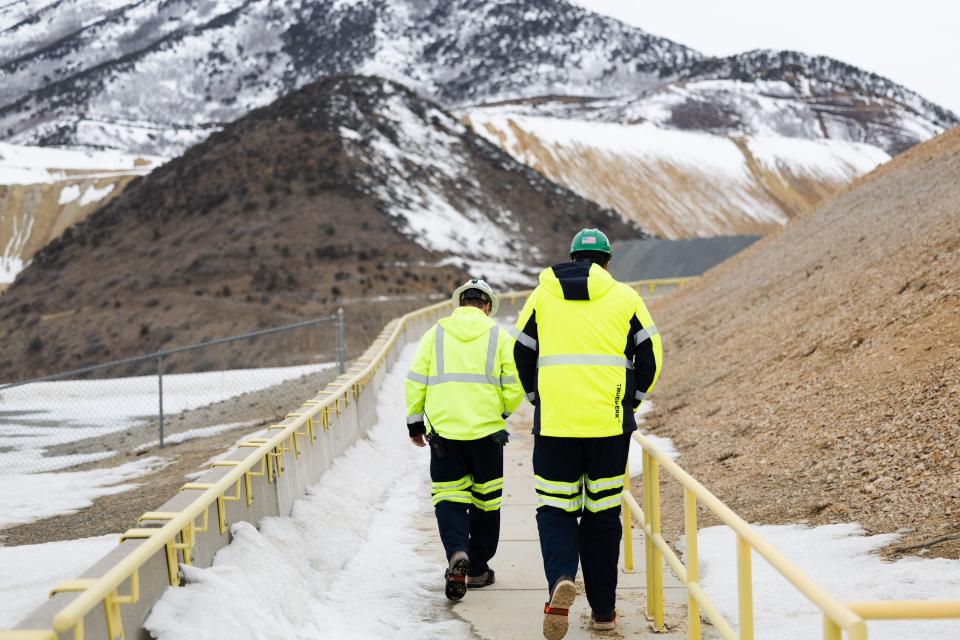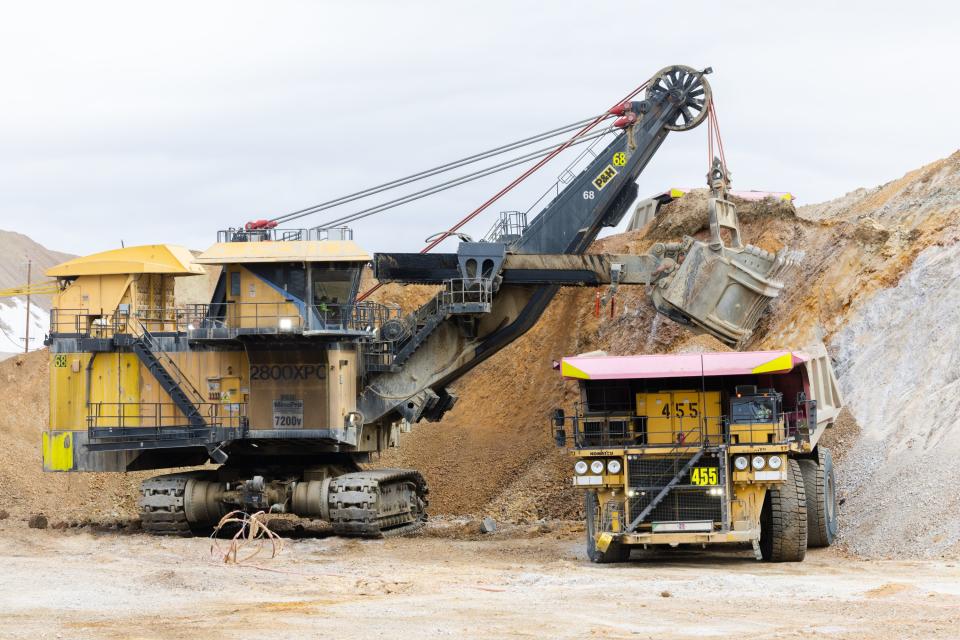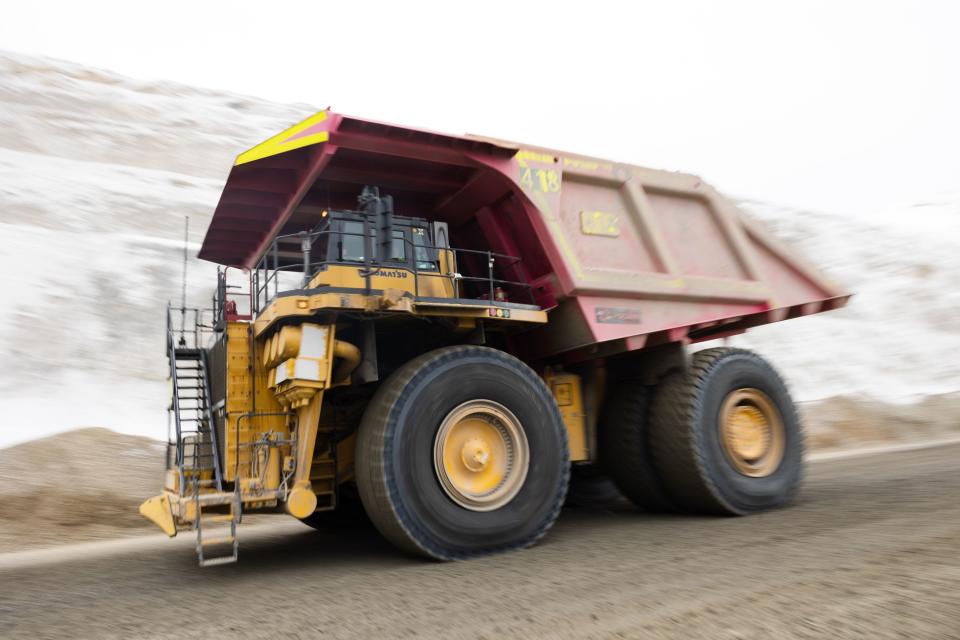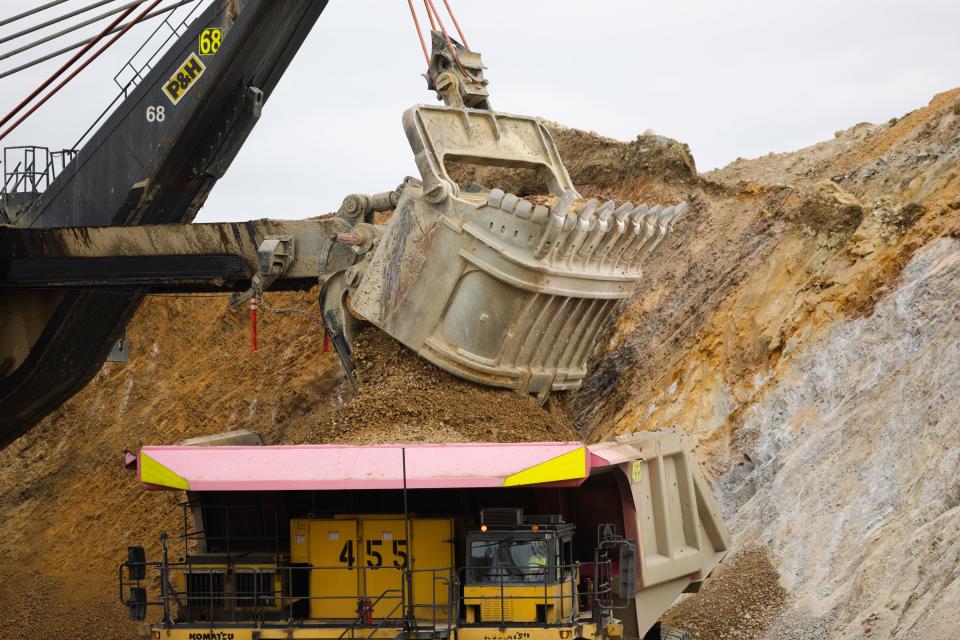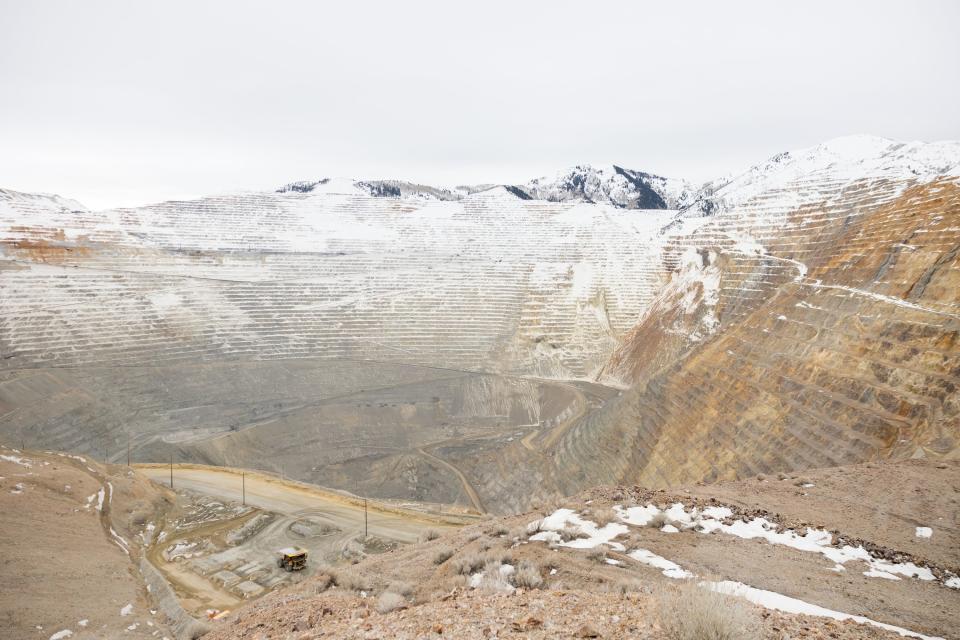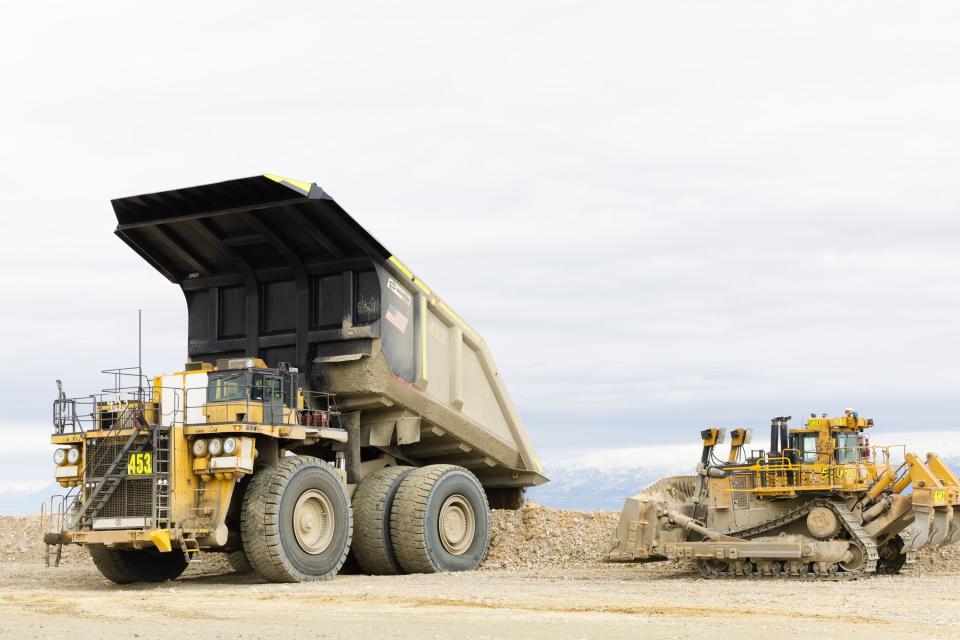The mining ‘over there’ and China’s grip on mineral commodities
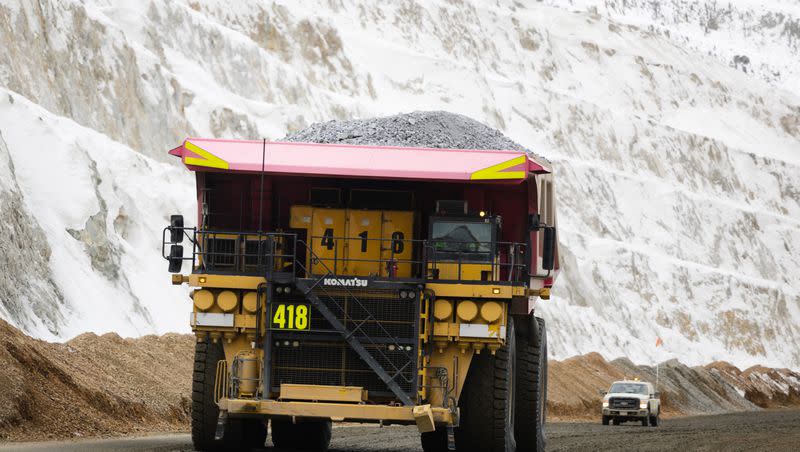
Utah Mining Association President Brian Somers recently testified before the U.S. House Committee on Natural Resources, extolling the virtues of the state’s diverse mining industry while at the same time issuing a stern warning to lawmakers.
“Demand for minerals is expected to increase radically in the coming years, yet domestically produced minerals currently meet less than half of the needs of U.S. manufacturers, creating an untenable strategic vulnerability for our economic and national security,” he testified.
Somers cited a minerals commodities report by the U.S. Geological Survey that said the United States is more than 50% dependent on foreign imports for 51 important mineral commodities, including 15 in which the country is 100% import reliant.
Handcuffed to China?
In 2022, China was the largest single source of foreign mineral imports and controls 85% of the global mining capacity.
That dependency brought a strong rebuke from Katie Sweeney, executive vice president and chief executive officer of the National Mining Association.
“It’s time for the U.S. to walk the talk on minerals security. Even as our mineral needs skyrocket for everything from electric vehicles to advanced energy technologies and critically important defense systems, the U.S. is stumbling when it comes to our supply chains,” she said, responding to the U.S. Geological Survey report.
Somers pointed to data from the International Energy Agency that said to hit net zero globally by 2050 would require six times more mineral outputs than what is produced now.
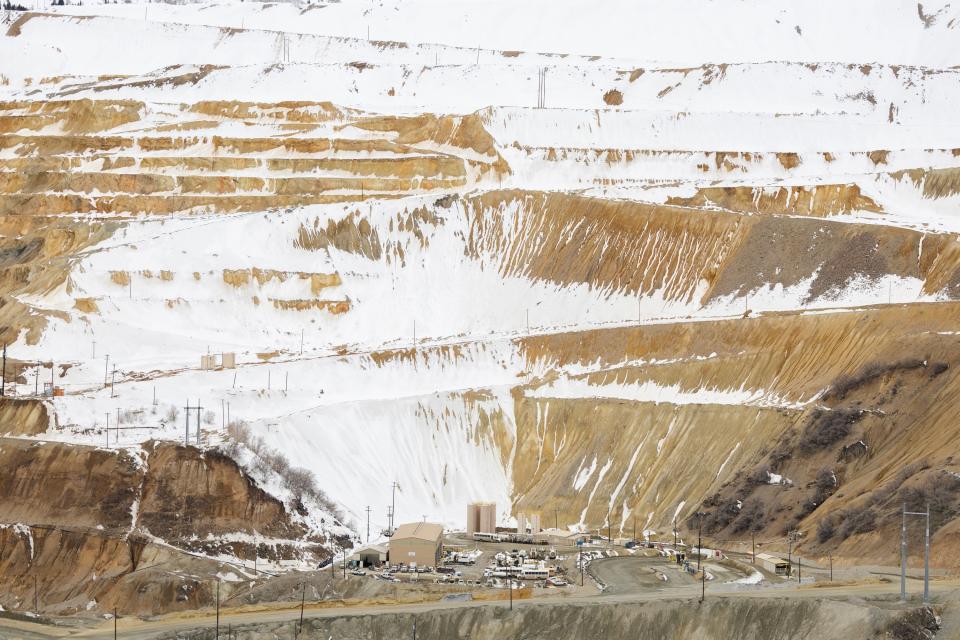
The mining dilemma
Weaning U.S. dependency off China will take time, policy shifts and new financial investments.
Mining.com reported that in February, the United States’ only producer of rare earth elements signed a deal with a Japanese company to bypass China on electric vehicle supply chains.
MP Materials, owner of the Mountain Pass mine in California, will sell material from its separation plant to Sumitomo for distribution in Japan for magnets. The Biden administration gave the company a $35 million grant from the Pentagon to process materials in California.
But the intense nature of mining has also put the Biden administration at odds with its own goals after it rescinded leases for copper of key deposits due to environmental concerns.
In January, the United States also signed a memorandum of understanding with the Republic of Congo and Zambia to strengthen the vehicle battery supply chain. Both countries have poor records on human rights abuses and Congo uses child labor in grueling and dangerous conditions to mine cobalt.
Related
A U.S. Department of State report details abuses in China’s labor camps that involve the renewable energy supply chain.
Somers told the congressional committee that fully developing the mineral potential in Utah — just one state — would be a significant help to diminish the country’s need for foreign imports.
“The import reliance is a threat to our nation, and it is unnecessary,” he said. “Of those 51 mineral commodities for which the United States is more than 50% import reliant, Utah has current production, historical production or established resources for 20 of them.”
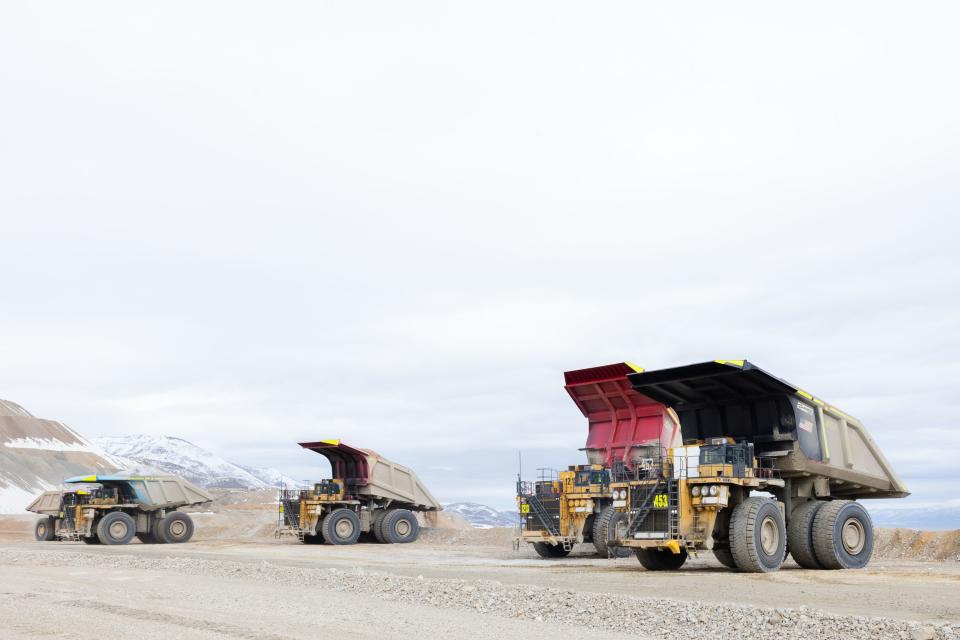
Related
Report shows how mining, energy infuses state’s economy with billions
Utah’s unique role in clean energy: Why the state’s access to rare earth minerals matters
Utah mining
Somers pointed to indium, a mineral used in nearly every product with a touch screen. The United States imports 100% of the indium that is used in the country, but Utah hopes to change that.
The Utah Geological Survey was awarded a federal grant for research on a unique West Desert deposit in Juab County.
Related
According to Somers, the indium deposit could supply the entire U.S. consumption of indium for 14 years.
A new report by the Utah Geological Survey distinguishes Utah by:
Being the global leader in the production of beryllium, one of the lightest metals with one of the highest melting points, making it ideal for use in the aerospace industry. Utah has enough to last another 75 years.
Being the only domestic producer of magnesium metal and is alloyed to produce beverage cans and components of automobiles and machinery.
Being one of only two domestic producers of lithium, with other projects under development.
Being home to Rio Tinto’s Bingham Canyon mine which through its copper mining produces tellurium, platinum, and palladium. The mine began producing tellurium in 2022.
Related
The state is also home to a notable domestic vanadium resource. According to the Utah report, the Colorado Plateau, including southeast Utah, is the most significant vanadium-bearing region in the United States. The White Mesa Mill in Blanding is the only conventional mill capable of processing and refining vanadium from ore.
“So, you know, it’s interesting with Utah on critical minerals, because we’re certainly not the largest state when it comes to critical minerals, but we have some very, very unique deposits,” said Stephanie Mills, senior geologist with the Utah Geological Survey.
“We have a very diverse, crazy, cool mineral landscape, but that doesn’t always translate into mining,” Mills said.
The Apex Mine west of St. George was the first mine in the world to be operated primarily for germanium and gallium, used in technology like fiber optics, semiconductor wafers, solar panels and other technology. That mine, now closed, was one of only two documented resources of gallium in the United States.
Somers told the committee one of the primary reasons the United States is lagging in mineral production is the federal mine permitting process, which he asserts is inefficient and unpredictable.
He added that countries like Canada and Australia, with stringent environmental safeguards in place, can get mines permitted in two to three years. Mining on federal lands takes an average of seven to 10 years to get a permit, he said.
“Our nation’s lack of a clearly defined minerals policy,” Somers said, “is undermining our ability to supply our own mineral needs and support future economic growth.”
